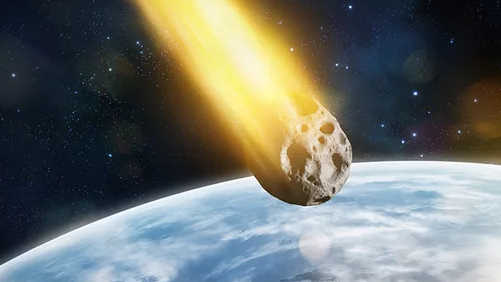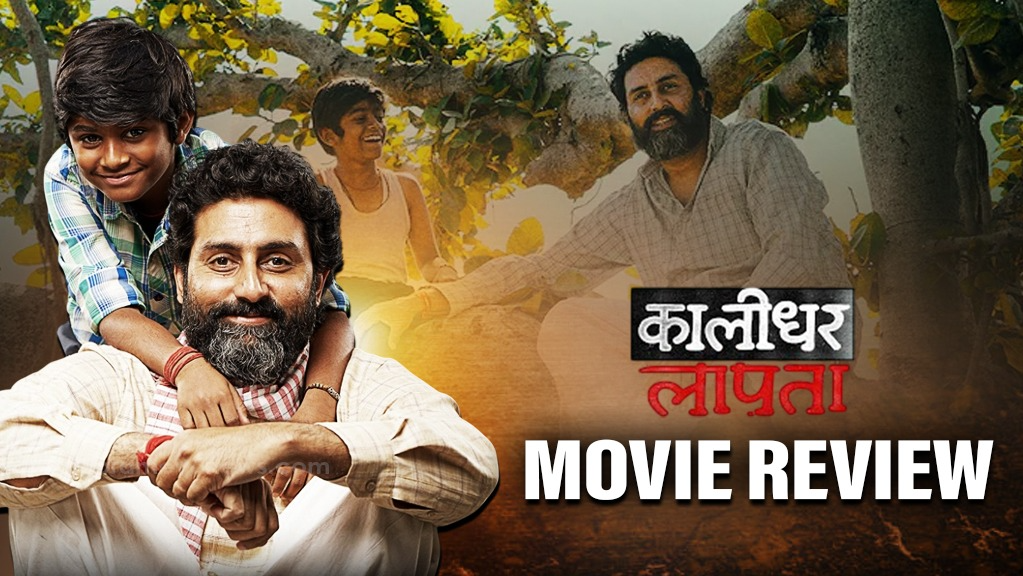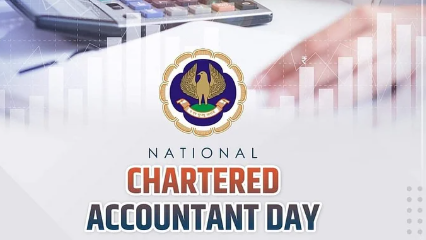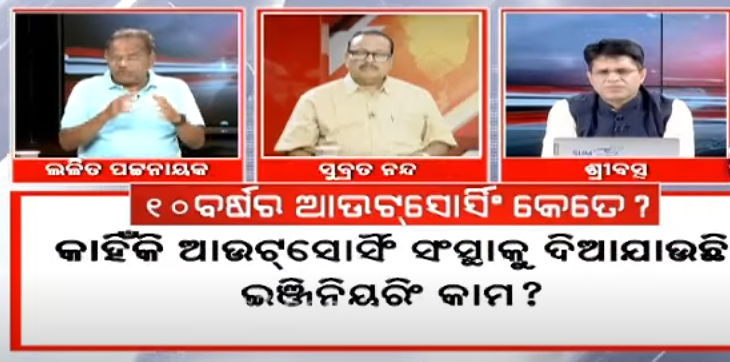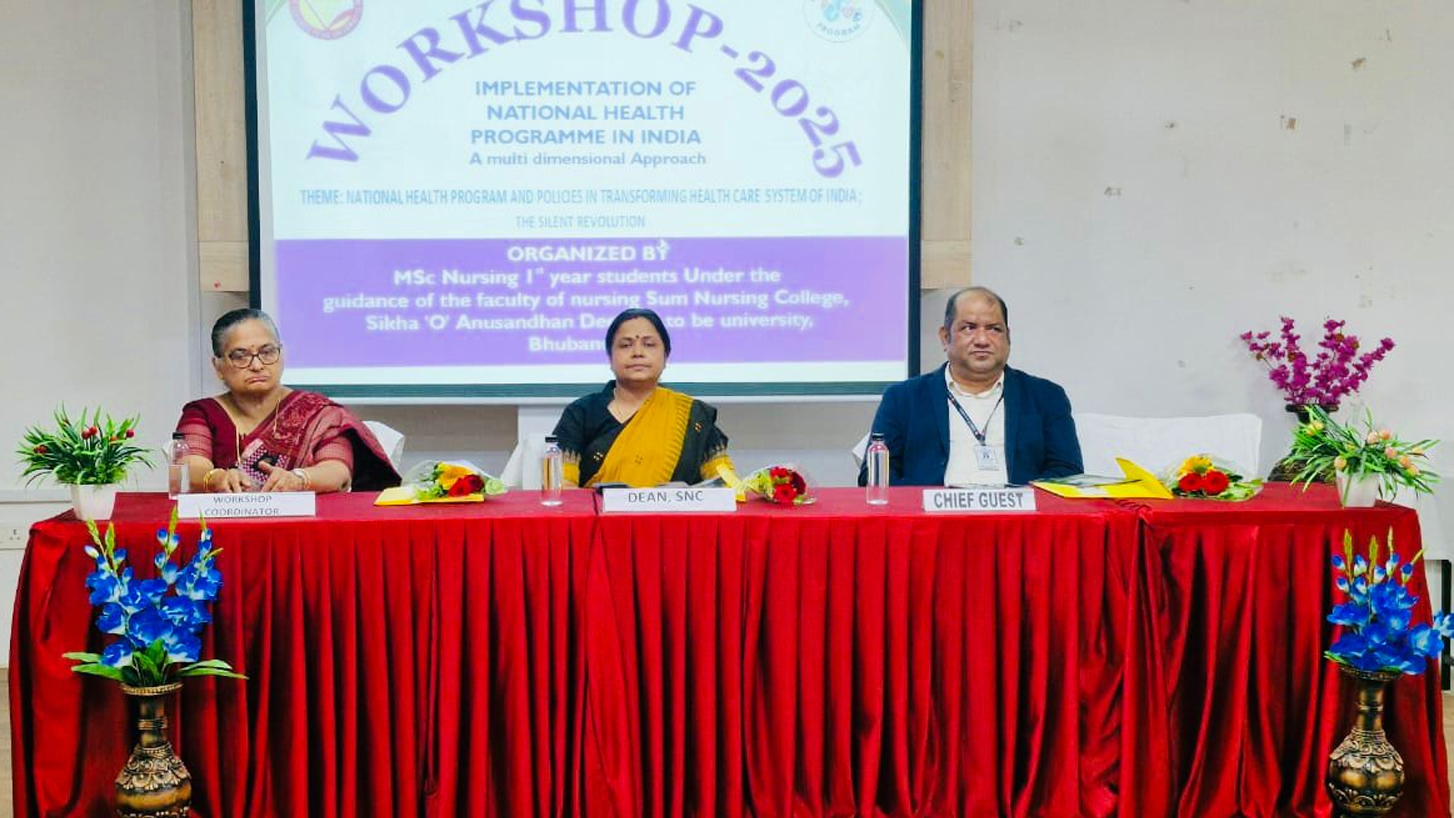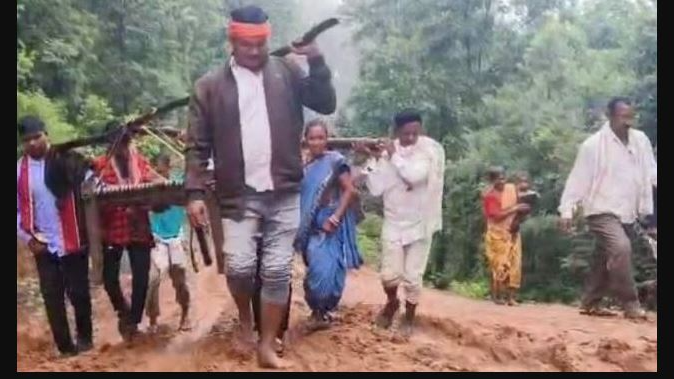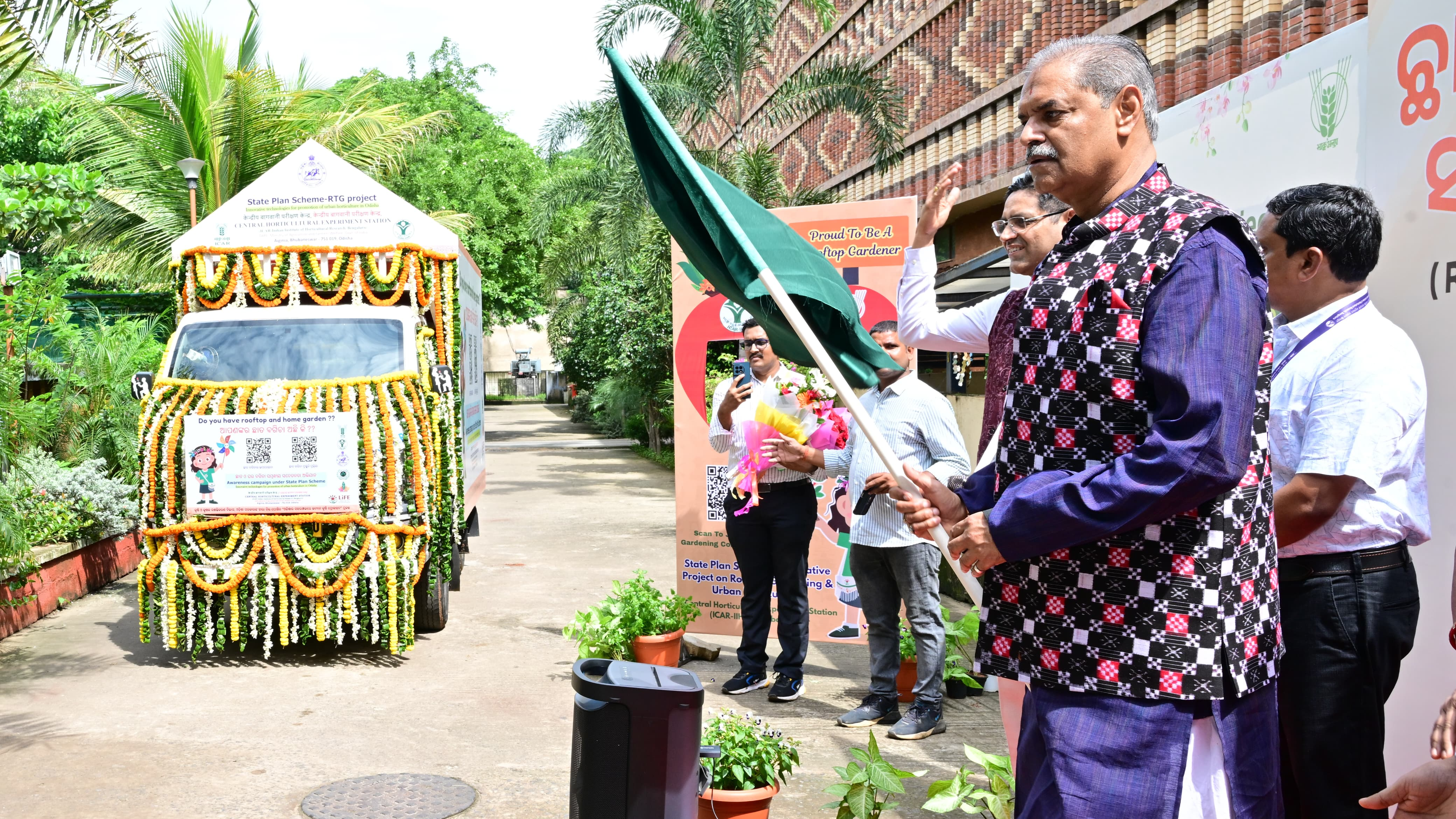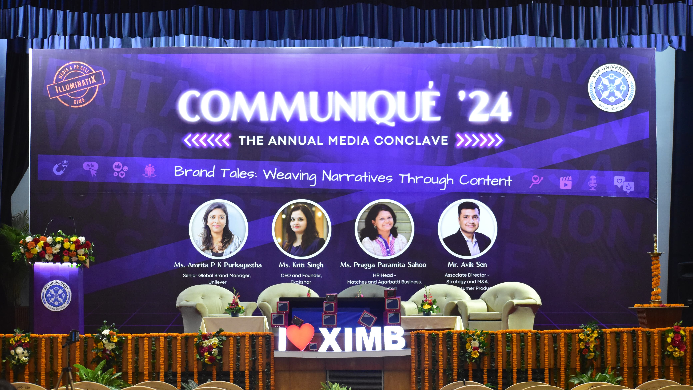In the vast cosmic dance of celestial bodies, Earth recently participated in an uncomfortably close waltz with an unexpected partner. On January 17, 2024, a van-sized asteroid designated as 2024 BX1 made one of the closest approaches to our planet ever recorded, passing just 3,600 kilometers above Earth's surface—closer than many of our communications satellites.
Join the Whatsapp Channel to Get News updates in english
A Race Against Time
The drama began when astronomers at the Piszkéstető Mountain Station of Konkoly Observatory in Hungary first spotted the asteroid, merely 13 hours before its closest approach. This discovery highlighted both the capabilities and limitations of our current asteroid detection systems.
"The detection of 2024 BX1 showcases how our surveillance of near-Earth objects has improved," explains Dr. Richard Moissl, Head of Planetary Defense at the European Space Agency (ESA). "But it also reminds us that smaller objects can still slip through our detection network until they're very close."
The Numbers Game
2024 BX1's vital statistics tell a compelling story:
- Size: Approximately 3-4 meters in diameter
- Speed: Traveling at roughly 24 kilometers per second
- Closest approach: 3,600 kilometers from Earth's surface
- Discovery: January 16, 2024, at 21:24 UTC
- Closest pass: January 17, 2024, at 10:16 UTC
Why It Matters
While 2024 BX1 was too small to pose a significant threat—it would have likely disintegrated in Earth's atmosphere had it been on a collision course—its close passage carries important implications for planetary defense.
Dr. Paul Chodas, Director of NASA's Center for Near-Earth Object Studies (CNEOS), notes, "Every close approach, whether from a potentially hazardous asteroid or a smaller object like 2024 BX1, helps us refine our detection and tracking capabilities."
The Detection Challenge
The late discovery of 2024 BX1 highlights a persistent challenge in asteroid detection. Smaller asteroids are particularly difficult to spot until they're very close to Earth, often appearing as faint points of light even in powerful telescopes. The astronomical community relies on a network of ground-based and space-based telescopes to scan the skies continuously.
A Growing Concern
NASA currently tracks over 31,000 near-Earth objects, with new discoveries being added regularly. While large asteroids (those over 140 meters) that could cause regional devastation are the primary focus, smaller objects like 2024 BX1 serve as valuable test cases for our detection and tracking systems.
Learning from Close Calls
Each near-miss provides valuable data for improving our planetary defense capabilities:
- Detection techniques and timing
- Orbital calculations and prediction accuracy
- Emergency response protocols
- International coordination mechanisms
The incident has reinforced the importance of ongoing initiatives like NASA's Double Asteroid Redirection Test (DART) mission and the development of NEO Surveyor, a space-based infrared telescope specifically designed to hunt potentially hazardous asteroids.
"These close approaches remind us that space is dynamic," says Dr. Amy Mainzer, principal investigator of NEO Surveyor. "We're getting better at detecting these objects, but there's still work to be done to improve our early warning capabilities."
A Wake-Up Call
While 2024 BX1's visit ended as nothing more than an astronomical curiosity, it serves as a reminder of Earth's vulnerability to cosmic impacts. The international astronomical community continues to enhance its detection capabilities, working toward the goal of identifying potentially hazardous asteroids long before they pose any risk to our planet.
As we move forward, each close encounter adds to our understanding and preparation for the day when we might need to act to protect Earth from a more serious cosmic threat. The story of 2024 BX1 may be just another entry in the logbook of near-Earth objects, but it's also a testament to humanity's growing capability to watch and protect our cosmic neighborhood.






